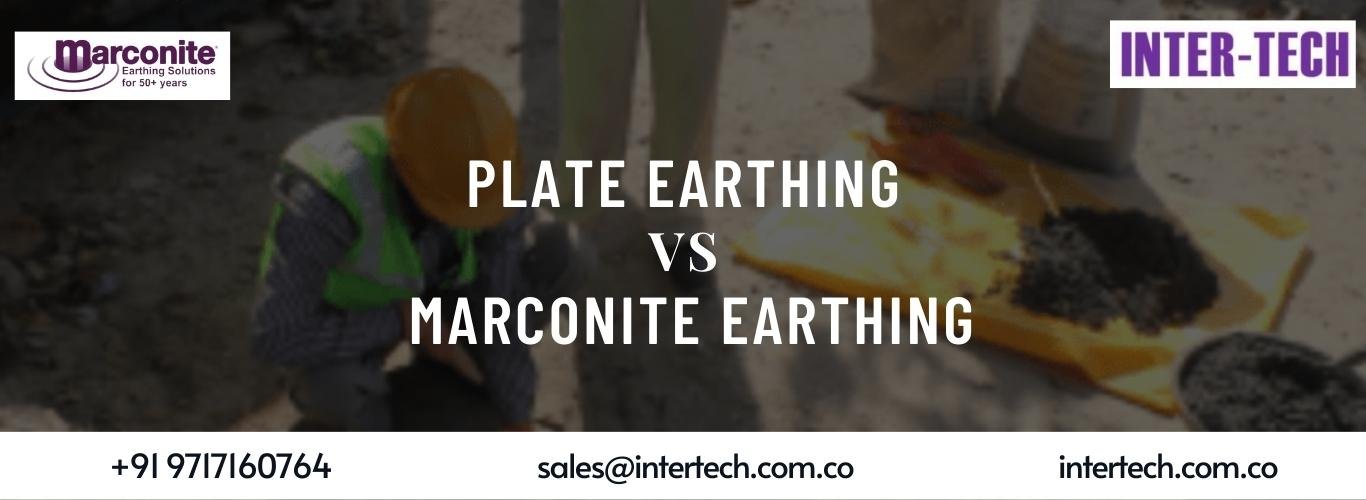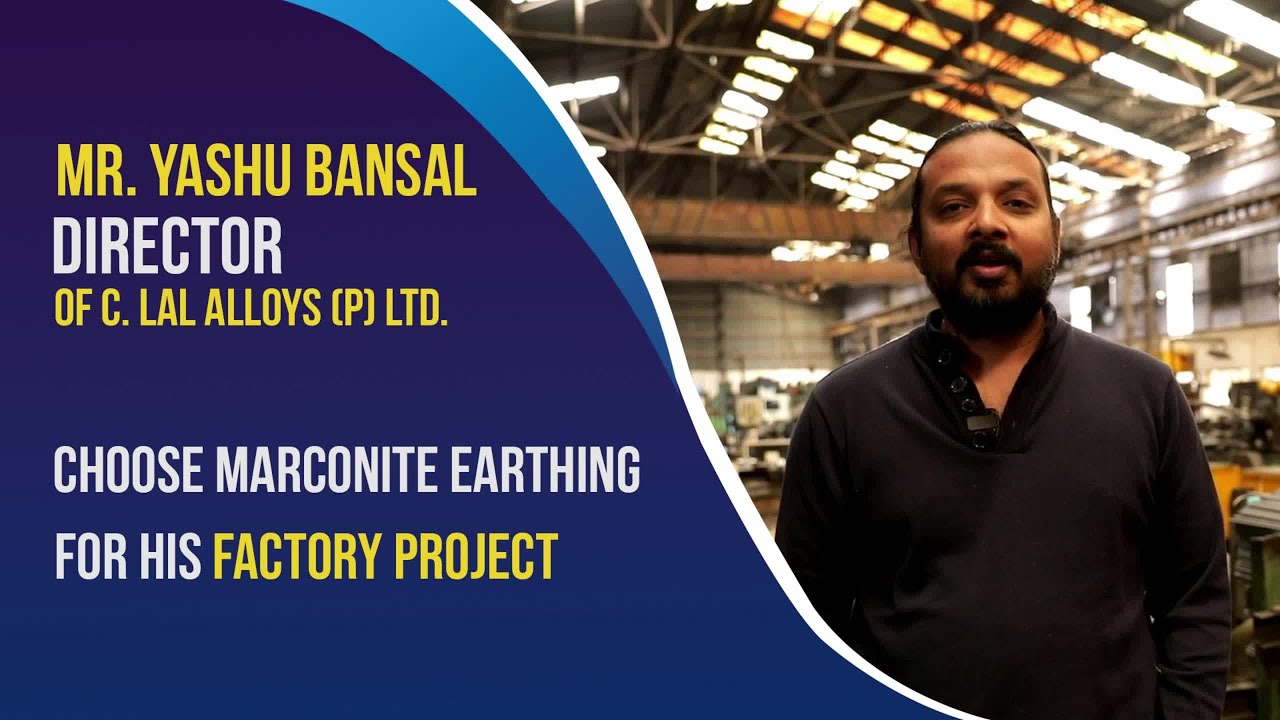A Plate Earthing vs. Marconite Earthing: Choosing the Right System
In today’s fast-paced and technology-driven world, ensuring the safety of your electrical systems & expensive machinery is of paramount importance.
One crucial aspect of electrical safety is earthing, which provides a path for electrical faults to safely dissipate into the ground.
There are several types of earthing systems available in India. Today we shall explore the difference between plate earthing and Marconite earthing.
While both serve the same purpose, they differ in terms of installation, effectiveness, sustainability, and longevity of the earthing system.
Whether you are a homeowner, a business owner, or an electrical professional, understanding the pros and cons of each system will help you ensure the safety and reliability of your electrical installations.
We shall share you with the knowledge to make an informed decision as to which earthing system is the right choice between the two.
Best 10 Differences Plate Earthing vs Marconite Earthing
Plate Earthing |
Marconite Earthing |
|
Plate earthing, also known as electrode earthing, is a traditional method of grounding electrical systems. |
Marconite earthing, on the other hand, is a modern alternative to plate earthing. |
| It involves burying a metal plate, usually made of copper or galvanized iron, deep into the ground. | Marconite is a specially engineered compound that combines conductive particles with a binder, that is used in place of traditional metal plates. |
| It is a cost-effective option compared to other earthing systems. | Marconite Earthing offers 50 years of trouble-free sustainable earthing solutions, thus costing much lower than plate earthing. |
| The materials required for plate earthing, such as copper plates and copper wires, are readily available and relatively inexpensive. | Marconite earthing is easily available across India through our network of channel partners. |
| One major drawback is the space requirement. The size of the plate is directly proportional to the electrical load it needs to handle, which means larger systems may require larger plates and more space. | Marconite earthing eliminates the need for large metal plates, reducing the space requirement significantly. This makes it an ideal choice for installations where space is limited, such as in urban areas or sites with restricted access. |
| Additionally, plate earthing is less effective in areas with high soil resistivity, as it relies on the conductivity of the surrounding soil for proper grounding. | Marconite is highly conductive, ensuring efficient grounding even in areas with high soil resistivity. It provides a low-resistance path for electrical faults, preventing the buildup of dangerous electrical charges. |
| A plate earthing pit has a life of about 6-8 years. | The Marconite-based earthing system has a life of 50 years. |
| Plate earthing fails in rocky and saline soil conditions. | Marconite earthing system is the most preferred earthing system by engineers due to its adaptability to every soil condition. |
| As the life cycle of plate earthing is low, there is a recurring cost of material, plate, drilling, and re-installation. | Marconite Earthing has a life cycle of 50+ years thus it helps to save on recurring costs. |
How to choose the right earthing system for your needs
To choose the right earthing system for your specific needs, consider the following steps:
- Assess the electrical load and size of your system.
- Evaluate the soil resistivity in your area.
- Consider the cost and installation complexity.
By considering these factors, you can make an informed decision and choose the right earthing system for your specific requirements.
Conclusion
In conclusion, plate earthing and Marconite earthing are the two available options for electrical earthing systems.
By considering factors such as the electrical load, soil resistivity, cost, and installation complexity, you can choose the right earthing system that ensures the safety and reliability of your electrical equipment and machinery in your residential, commercial, industrial or solar installation.







